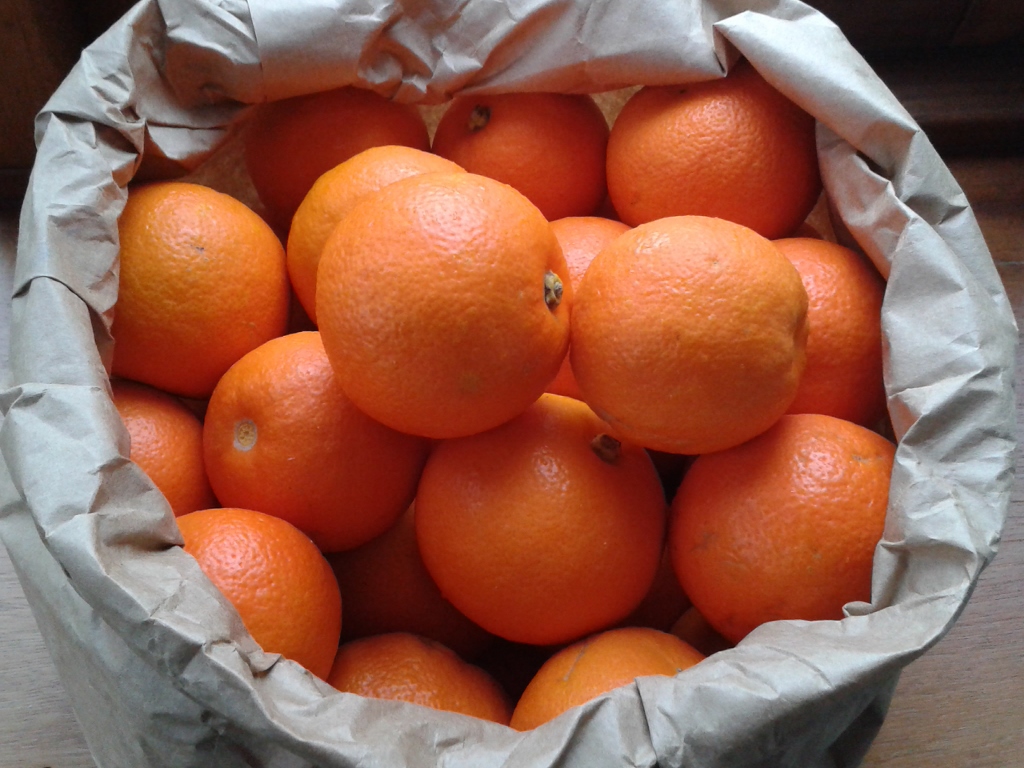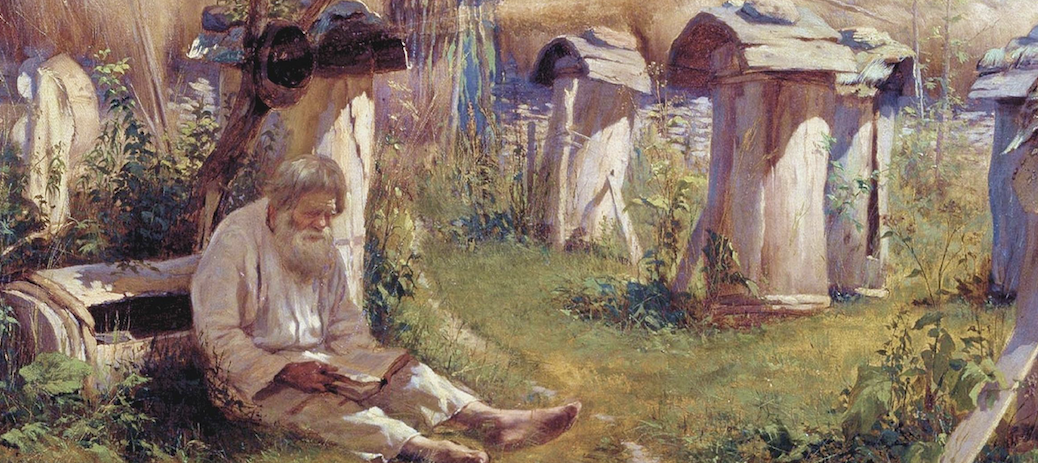The bees were very active over the weekend in the unseasonably mild weather. It is nice to see them so busy on the Mahonia and the late ivy, which is still in bloom here, but it is possible that it could scupper our hopes of a successful midwinter mite-cull. The bees will be bringing in nectar and little packets of fresh pollen which could get the queen laying. Should this occur then sealed midwinter brood would act as a refuge for Varroa and when we come along with our oxalic acid in a couple of weeks time they will be safely tucked away and the effects of the treatment will be minimal. Continue reading Weather Warming Warning
Irish Wasps
Although all wasps seem to look alike there are actually 6 species of social wasp in Ireland. First the Vespulae – these are the ones that cause most nuisance and particularly the first two blaggards:
- Vespula vulgaris (Common Wasp);
- V.germanica (German or European Wasp);
- V.rufa (Red Wasp);
- V. austriaca (Cuckoo Wasp). V.austriaca is known as the Cuckoo wasp because it is an obligate parasite of V.rufa!
Then there are the ‘long cheeked’ wasps – Dolichovespulae:
- Dolichovespula sylvestris (Tree wasp)
- D. norvegica (Norwegian wasp)
The most numerous are the Common and German wasps and they are very similar to look at. To decide which is which you have to look them in the eye and examine their facial features. The Common wasp has an anchor shaped black patch on the front of its face while the German has an arrangement of 3 dots. Also, the black bands are wider on the Common wasp. Great photo’s here.
Both species mostly build nests underground however they will go into roof spaces but this habit is more often seen in the Common wasp. During the course of the year they will rear between 6,500 and 10,000 workers, 1,000 queens and 1,000 males. Towards the end of the summer the old queen starts to lose her power and she goes off lay. This presents the army of workers with a problems – they have spent the summer gathering insects, chewing them up and feeding them to the larvae. In return the larvae would secrete a sugary syrup which the workers take as food. When the larvae run out the workers have to find another source of sugar and end up throwing their weight about in beer gardens and kitchens. And of course creating problems for the bees.
The other two Vespulae species are less of a problem for humans or bees because their life cycles are different to those above. The Red wasp has a similar anchor shaped black patch on its face but is easily distinguished from the others by the reddish band on the upper abdomen. It builds a much smaller nest and seldom in an urban setting. It is also very much less aggressive and is (apparently) reluctant to sting.
It is parasitised by the Cuckoo wasp, the queen of which moves into the nest as soon as the first workers are up and running. She kills the Red queen and forces the workers to look after her brood which she sets about laying in the cells built for the eggs of her predecessor. They rear only males and new queens – because they use the Red wasp workers as slaves and do not need their own workers. Isn’t that awful?
The other two also build much smaller nests and although the Tree wasp can be very aggressive they seldom cause problems like the first two. The Tree wasp tends to suspend its relatively small nest from trees and shrubs but it will also nest in relatively small cavities. The Norwegian wasp also builds a small nest in trees or shrubs often quite close to the ground.
The colonies of all of the above species break up at the end of summer and only the new queens overwinter by hibernation. It’s surprising how often wasp queens can be found hibernating inside the hive roofs. In spring they wake up and begin to build their nests. They lay their eggs and they feed the brood themselves until eventually they have workers on the wing after which, the queen lays eggs exclusively and the workers tend the brood. The workers are all female and they all sting – the sting is an adapted ovipositor. The males, which emerge later in the year have no sting. Learn the difference and impress your friends. The very large wasps to be seen on the Cotoneasters early in the year are the queens.
Copyright © Beespoke.info, 2014. All Rights Reserved.
Honey Cake Recipe
Honey cakes tend to be dry old things – this one isn’t – it’s a really special cake. Especially if you can find some heather honey to make it with then it is sublime.
Devonshire Honey Cake borrowed (and tested) from here
Ingredients
- 250g clear honey , plus about 2 tbsp extra to glaze
- 225g unsalted butter
- 100g dark muscovado sugar
- 3 large eggs, beaten
- 300g self-raising flour
Method
- Butter and line a 20cm round loose bottomed cake tin. Cut the butter into pieces and drop into a medium pan with the honey and sugar. Melt slowly over a low heat. When the mixture looks quite liquid, increase the heat under the pan and boil for about one minute. Leave to cool for 15-20 minutes, to prevent the eggs cooking when they are mixed in.
- Preheat the oven to fan 140C/ conventional 160C/gas 3. Beat the eggs into the melted honey mixture using a wooden spoon. Sift the flour into a large bowl and pour in the egg and honey mixture, beating until you have a smooth, quite runny batter.
- Pour the mixture into the tin and bake for 50 minutes – 1 hour until the cake is well-risen, golden brown and springs back when pressed. A skewer pushed into the centre of the cake should come out clean. Sixty minutes at 140 degrees fan oven was perfect – no skewer or foil required.
- Turn the cake out on a wire rack. Warm 2 tbsp honey in a small pan and brush over the top of the cake to give a sticky glaze, then leave to cool. Keeps for 4-5 days wrapped, in an airtight tin.
Copyright © Beespoke.info, 2014. All Rights Reserved.
Winter Reading
After a day as cold and windy as today thoughts turn to cosy nights in by the fire with a good book. Here are some recommendations for beekeepers.
The first beekeeping book I ever read was Ted Hooper’s ‘Guide to Bees and Honey’ which is still the best book for beginners in my opinion. It’s so well written I sat down one week in winter and read it from cover to cover like a novel. The following spring I got bees and the fun began.
After a couple of years struggling with swarmy bees, I bought L.E.Snelgrove’s book ‘Swarming – its Control and Prevention’ which summarises the causes of swarming and the traditional means of prevention and also introduces the ingenious and adaptable Snelgrove board – a piece of equipment no beekeeper should be without. Continue reading Winter Reading
Doppelganger
Honey Marmalade Recipe
Mid-winter is the time to be thinking of marmalade.
If nothing else it’ll take your mind off that other old rubbish that happens towards the end of December.

Seville oranges are in season from December to February so you’ve plenty of time to be thinking about it. If you have some indifferent honey you’d like to use up, here’s a good target – oranges and honey together develop a superb depth of flavour.
Click here for more on cooking with honey and honey in preserves
December Bees
It’s December, eight degrees C and the bees are very busy – quite a loud hum out there. The ivy is still flowering and there is the usual horrible smell if you stand anywhere near it so we have to assume the bees are still working it. And they have the car windscreen well spattered with bee dung – fortunately I didn’t have any washing out but then who does in December?
They’re all over the Mahonia as well.
How do people get through winter without bees!
How to set up an Apidea
Mating nucs, or ‘mini nucs’ are a great way of getting a new queen laying using the minimum of resources. Should she fail, little is lost but if she does get laying – a spare queen is a great thing to have!
Apideas are far and away the best mating nuc on the market – they cost a little more but are worth every penny for the elegance of the design and the quality of the product.
There’s more than one way to skin a cat and the same can be said for Apideas but here is how I’ve been doing mine for the past 15 years… Continue reading How to set up an Apidea
Thunder and Lightning
This is the simplest dessert ever:
Ingredients
- Heather Honey
- Clotted Cream
Method
Pour one on top of the other (it doesn’t matter which) and serve.
Copyright © Beespoke.info, 2014. All Rights Reserved.
Frame Assembly – Good
This is how to assemble a frame properly but don’t do this too early or your wax will go off:
 Remove the wedge cleanly or it won’t sit properly when you put the wax in. It doesn’t matter too much with wired wax, but if you’re using unwired wax the wedge won’t grip it properly. If necessary shave the area clean with a nice sharp chisel.
Remove the wedge cleanly or it won’t sit properly when you put the wax in. It doesn’t matter too much with wired wax, but if you’re using unwired wax the wedge won’t grip it properly. If necessary shave the area clean with a nice sharp chisel. Continue reading Frame Assembly – Good




